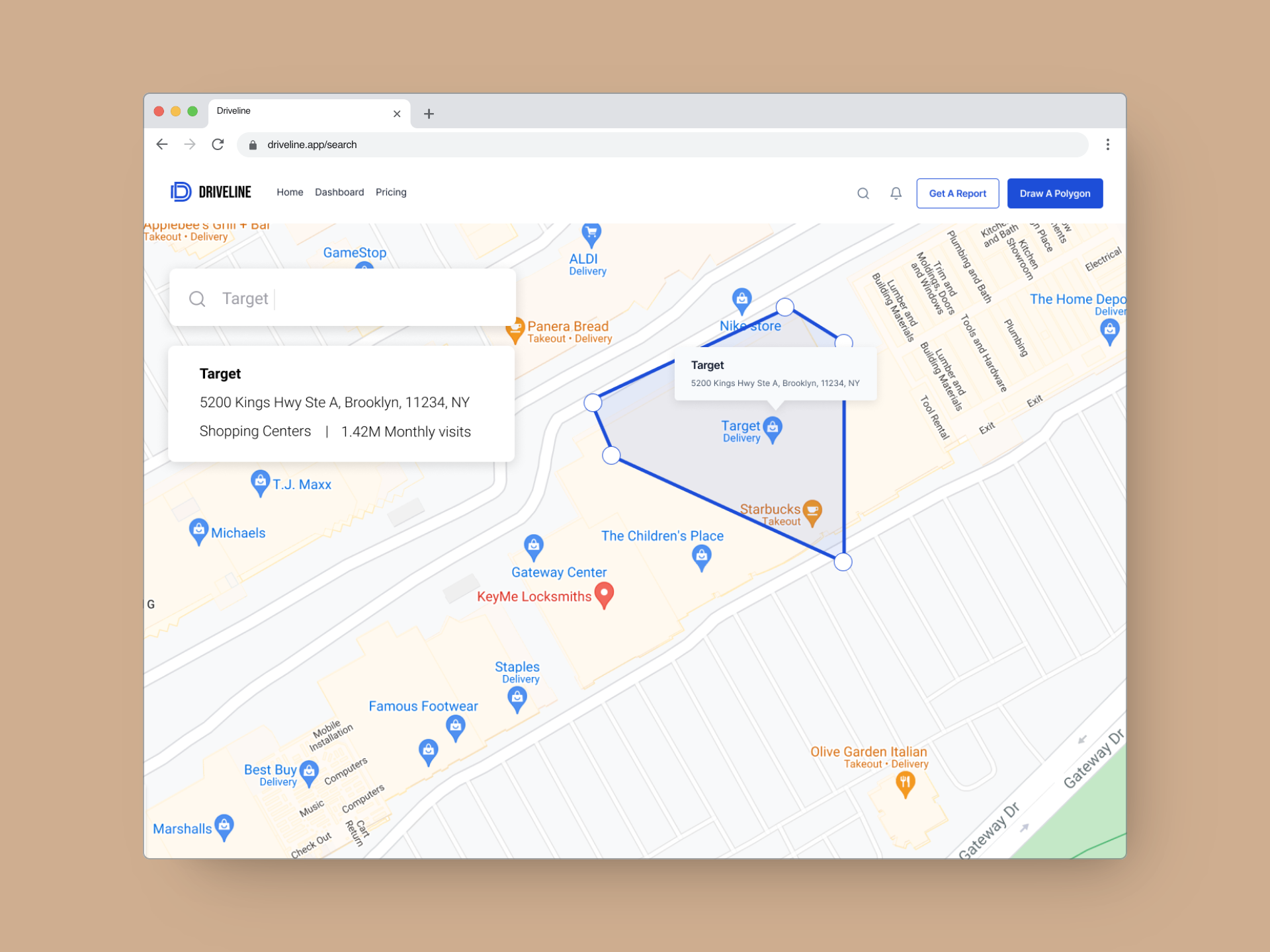
In a six-week engagement with DriveLine AI, an early-stage B2B MarTech startup, I contributed as a UX Consultant, designing their product from the ground up to create a simple workflow that enables automobile dealers to gain audience insights and use them to run highly targeted ads at the right time.
Overview
DriveLine AI was built to solve a major problem for car dealerships—how to track foot traffic accurately and use that data to make better marketing decisions. In just six weeks, I led the design of a simple, effective MVP that let dealerships set up geofences, track visits, and manage reports. That simplicity helped DriveLine raise $1M in venture capital for further development.
The Challenge
Car dealerships didn’t have an easy way to measure how many customers were coming in, or to connect that data to their marketing efforts. We needed to create something that solved this problem without overcomplicating the user experience.
With a tight timeline of six weeks, the goal was clear: focus on delivering a minimal, high-impact feature set—nothing more, nothing less.
Bringing Focus and Clarity to the MVP
As the Design Consultant, my job was to take the concept and turn it into a user-friendly, market-ready MVP. Working closely with the CTO, who was handling the tech side, I focused on creating an interface that was clear, simple, and easy to use.
The MVP revolved around three core features:
- Geofencing – Dealerships could easily define their locations on a map.
- Foot Traffic Reports – Automatically generated reports showing customer visits.
- Report Management – A simple interface to access and manage those reports.
By keeping the feature set minimal but focused, we were able to deliver on time while ensuring the product was easy for dealerships to use right away.
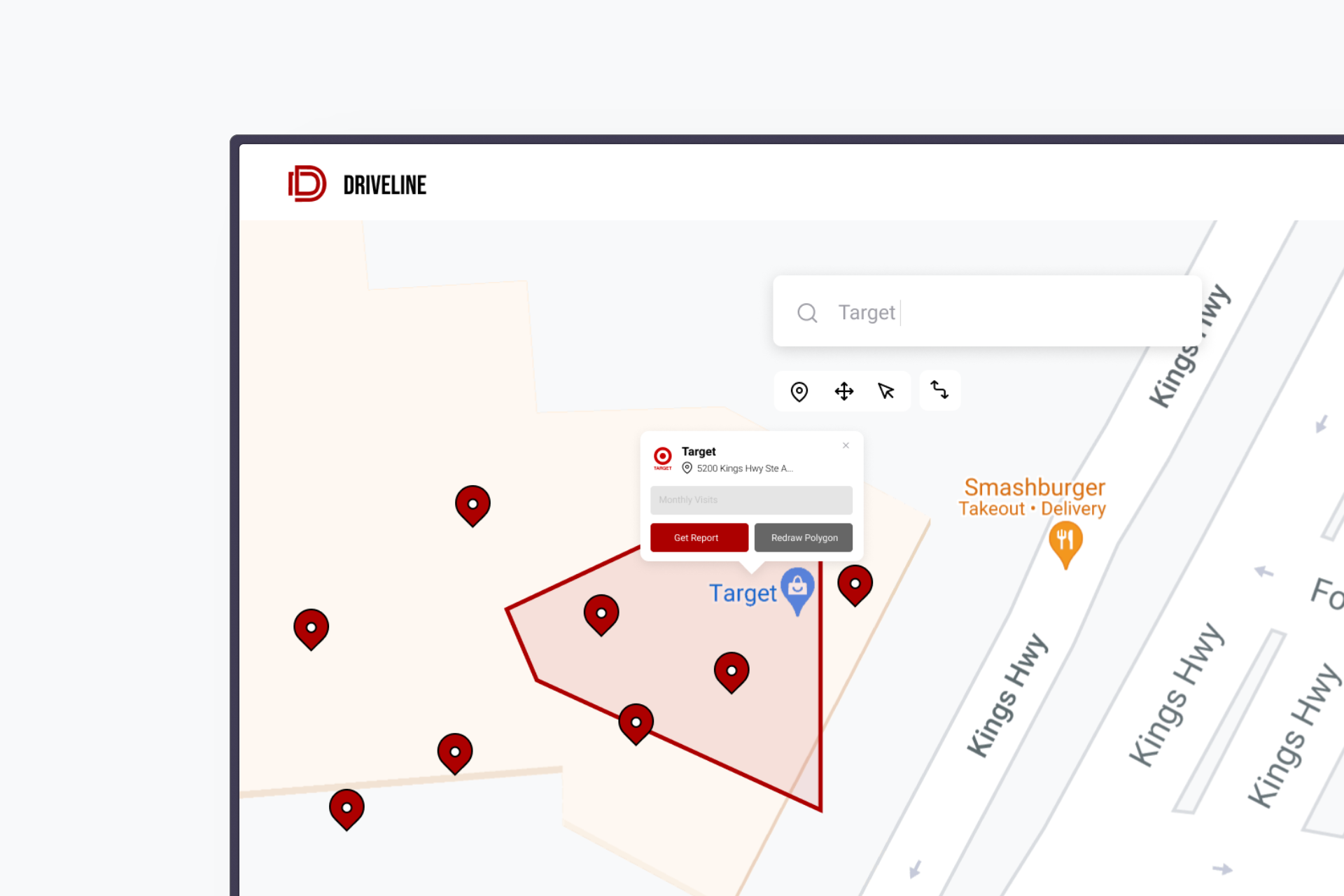

Navigating Technical Constraints
One of the key technical challenges was integrating the Google Maps API to make geofencing work smoothly. To keep the user experience consistent, I designed the interface to match the familiar Google Maps look but with custom buttons, widgets, and tools tailored for our needs.
This was all about finding balance—keeping things as close to the Google Maps UI as possible, while still adding the unique elements DriveLine needed.

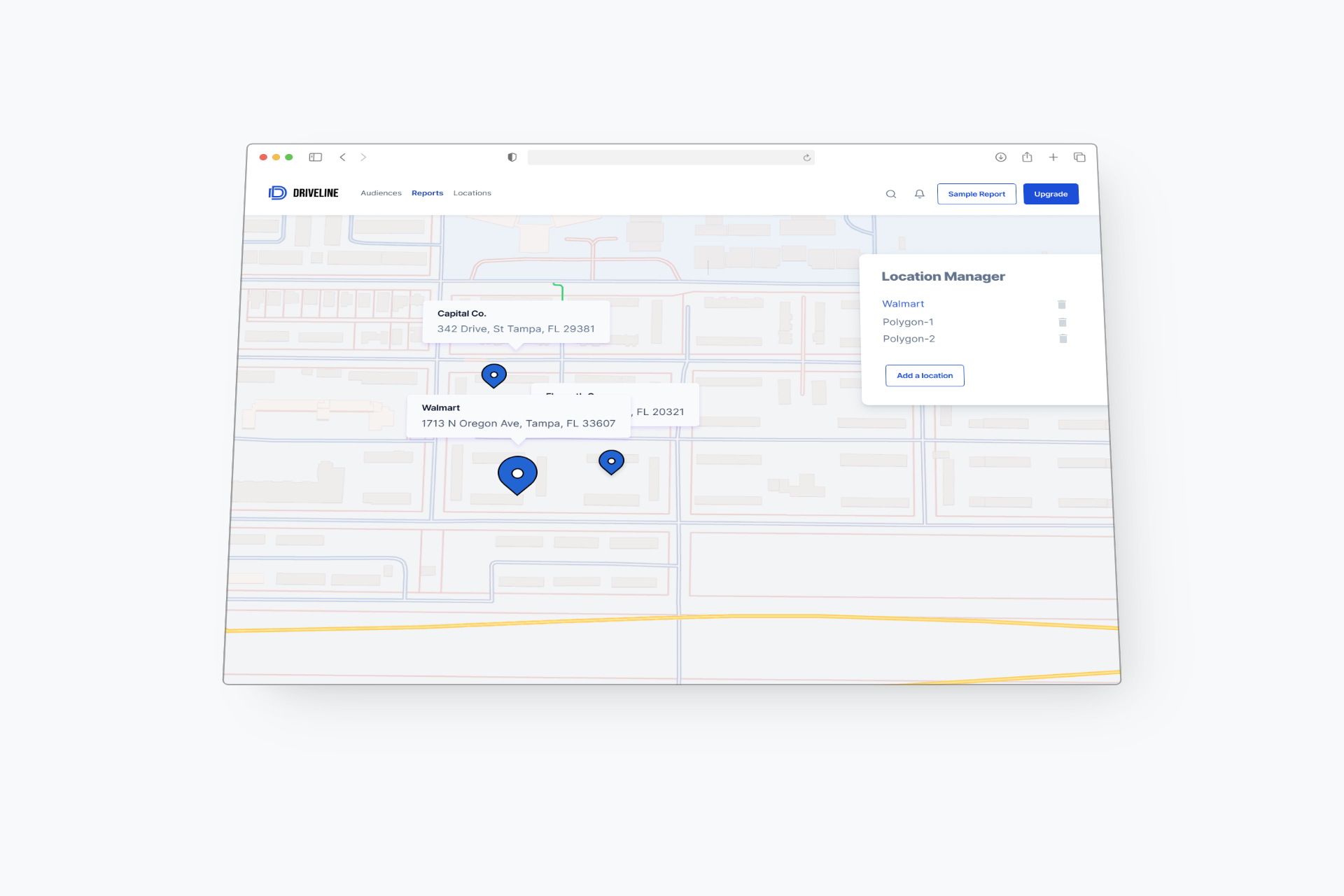
Collaborating with the CTO · Informal but Effective Feedback Loops
We worked asynchronously via Slack, which gave both of us space to focus. Whenever I needed clarity or direction, I’d jump in and ask consulting-level questions to get to the heart of what the stakeholder really wanted.
Questions like:
- Why is this feature important?
- What’s the impact on the business?
- Who are we building this for?
These kinds of conversations helped keep the project on track and made sure we weren’t designing in the dark.
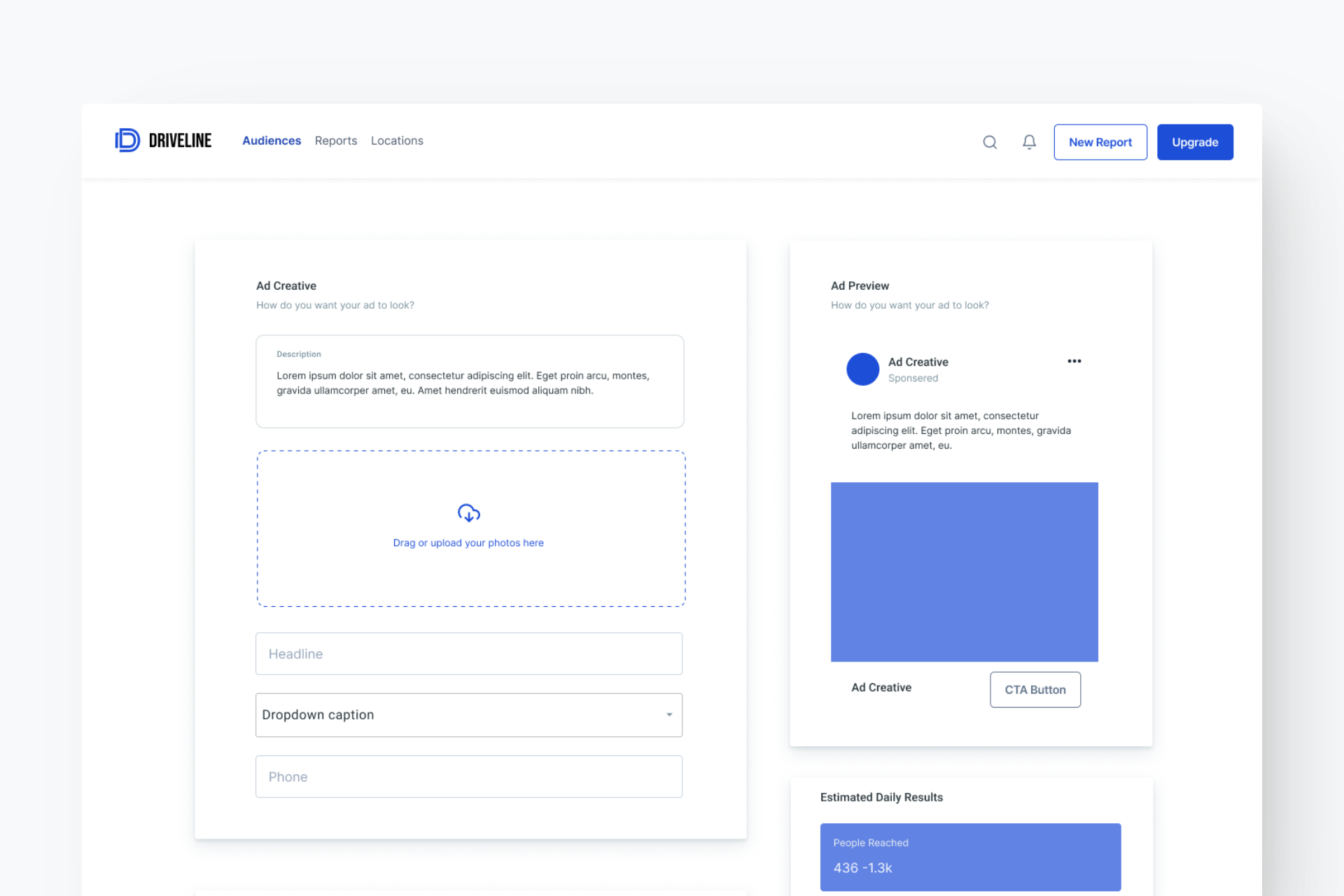
Business Impact · Raising $1M in Funding
The MVP wasn’t just a product—it was a proof of concept that led DriveLine to secure $1M in venture capital funding. While it took several months for the funding to come through, the MVP was what caught the attention of investors.
I also helped refine the pitch deck alongside a fractional COO. We worked to make the visuals cleaner, the data more digestible, and the overall story more compelling. That pitch deck played a big part in showing investors the potential of DriveLine AI.
Lessons from the Extended Engagement
After the MVP's success, I returned as a full-time consultant for nine months to lead further development. While we had wins, the key lesson was the importance of focus. As the leadership team pushed for more features, our small team became overwhelmed. I believed refining core features, ensuring a bug-free, simple product, and maintaining a smooth user experience would have built stronger traction before expanding the feature set. Early-stage products don’t need to do everything—they need to do one thing well.
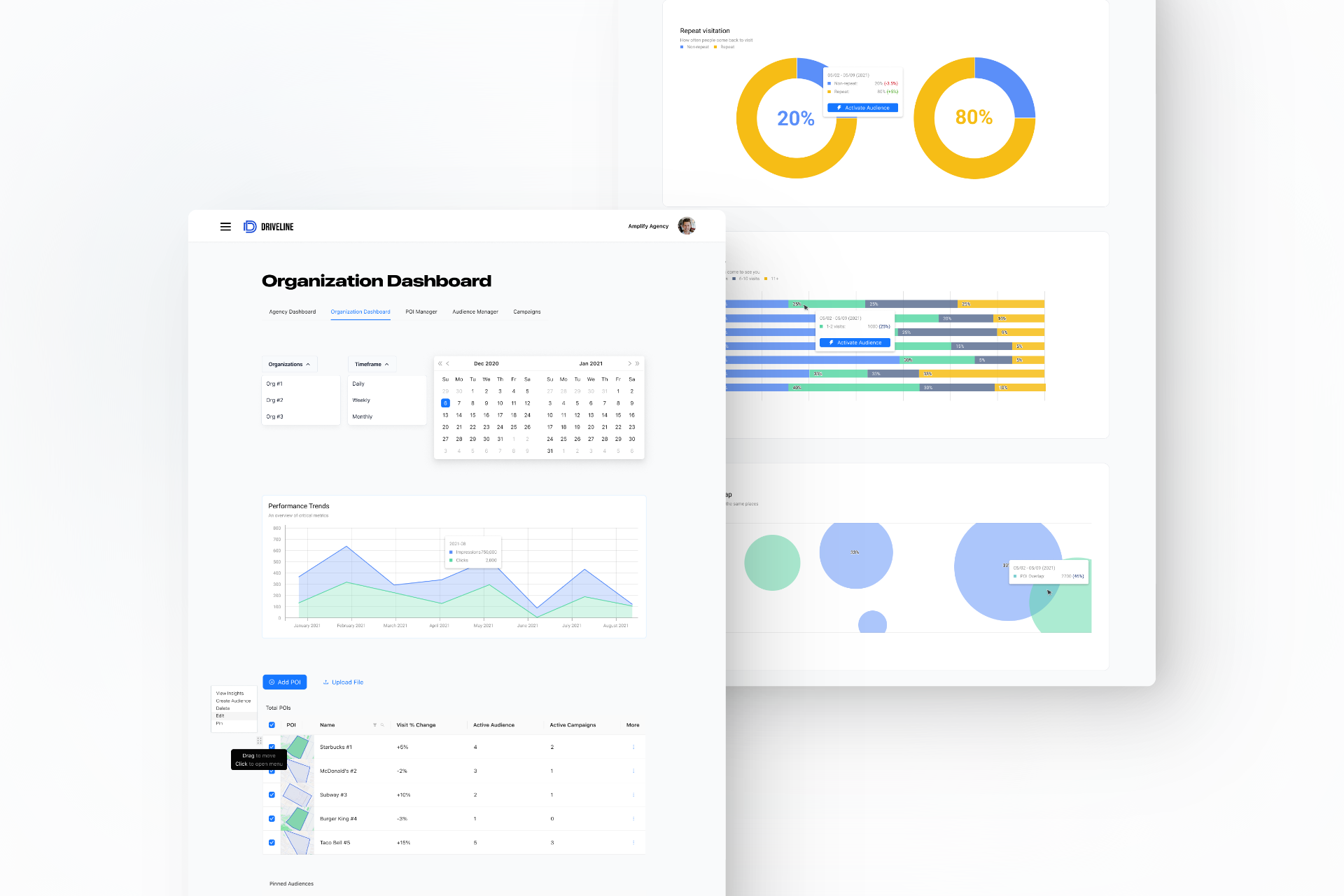
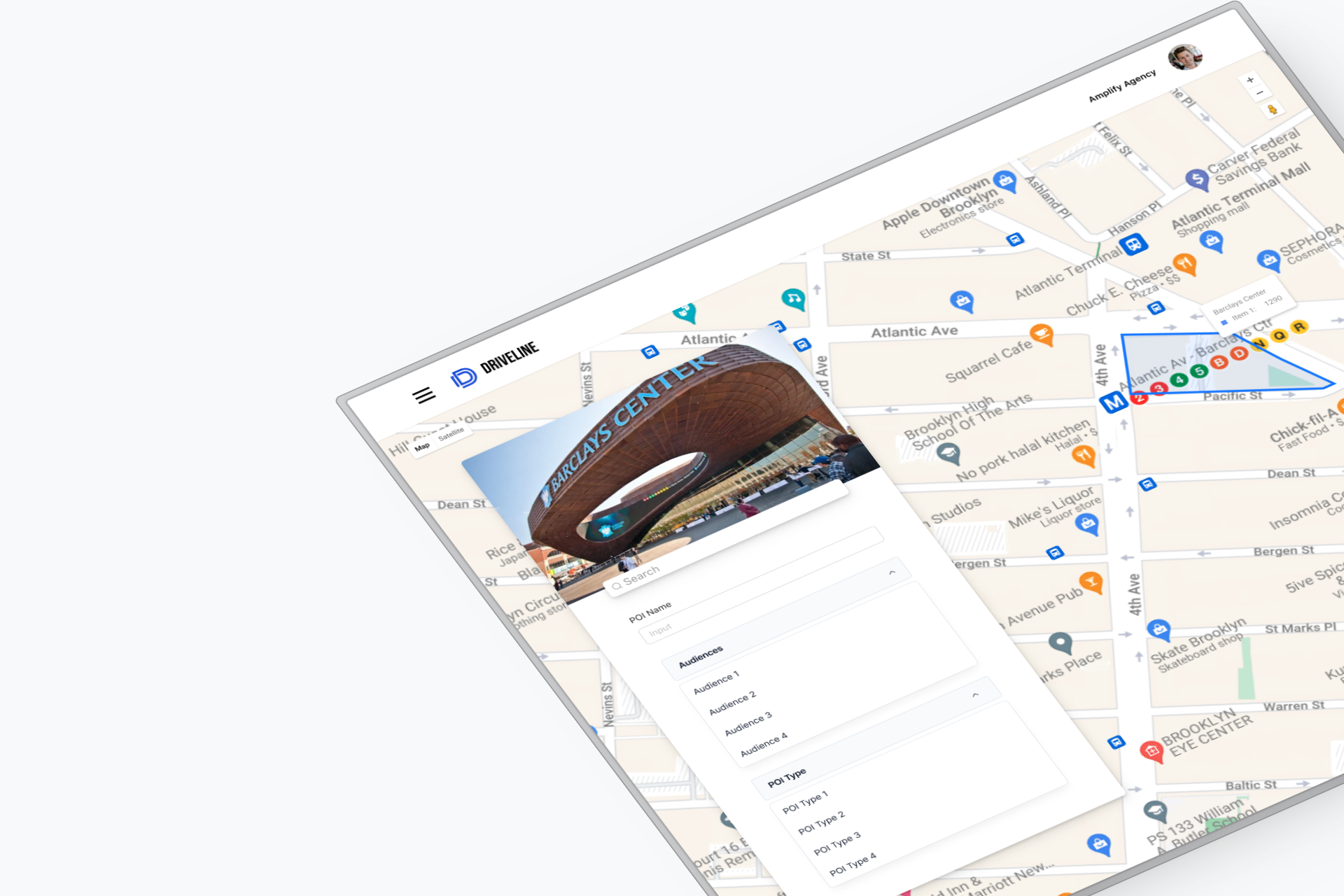
Conclusion
DriveLine AI’s MVP was a big win, helping the company raise $1M and positioning it for future growth. The project reminded me that, especially in a startup, less is more. The simpler and more focused the product, the better the user experience—and the faster you can get it into the market.
In the end, this project reinforced my belief that focusing on core functionality and doing it well is the best way to build momentum, especially when resources are tight.



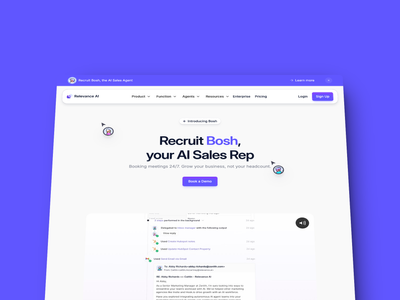
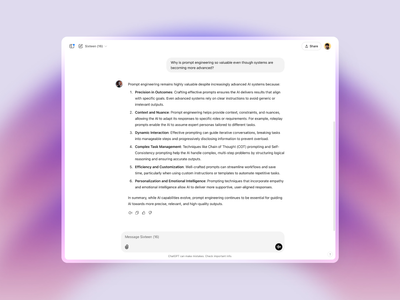
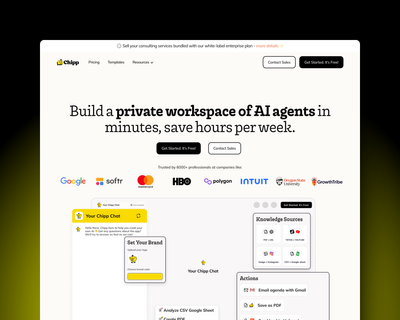

Comments